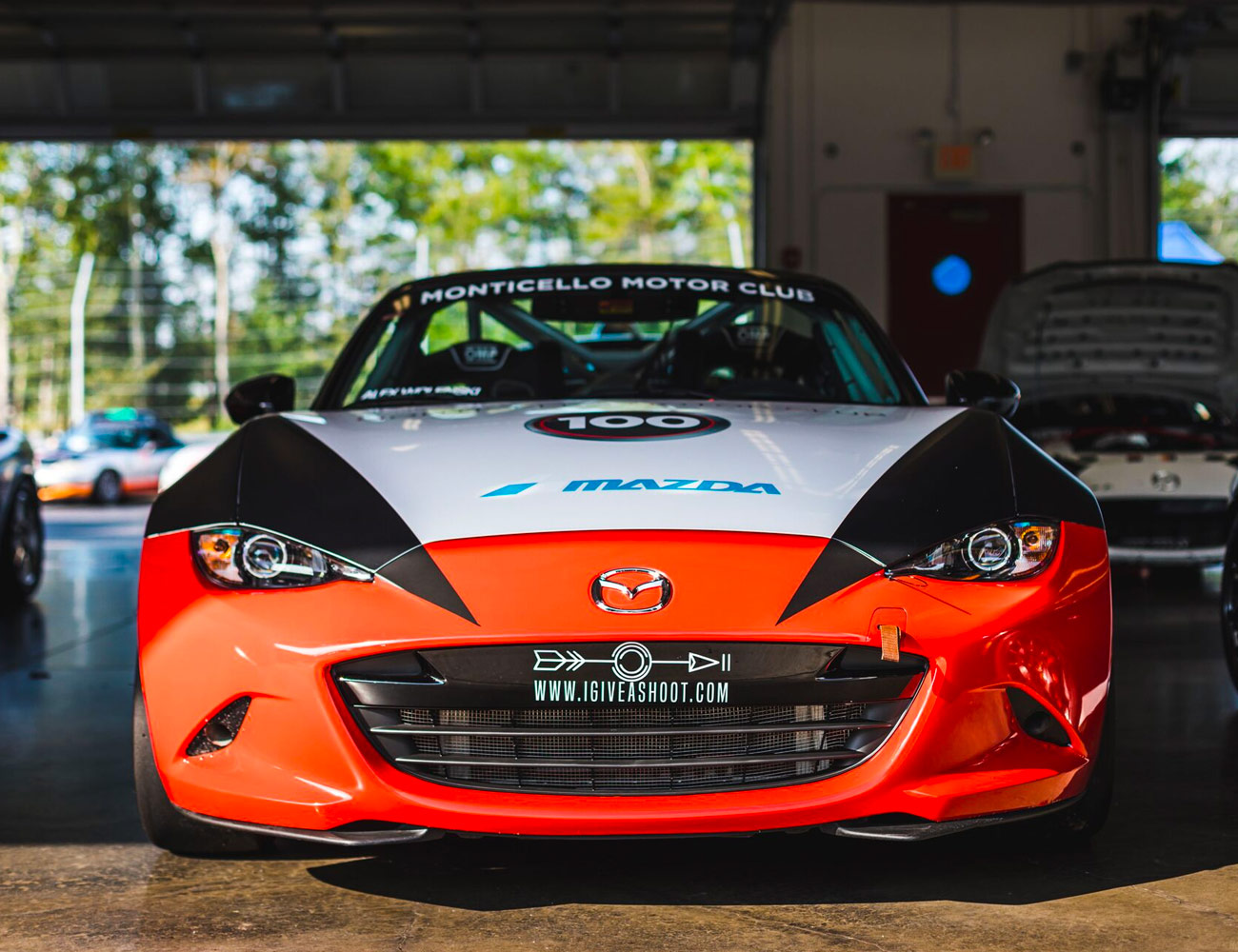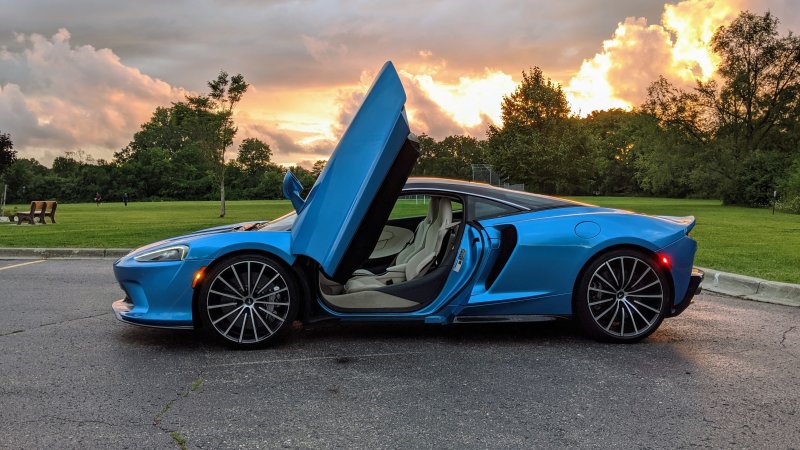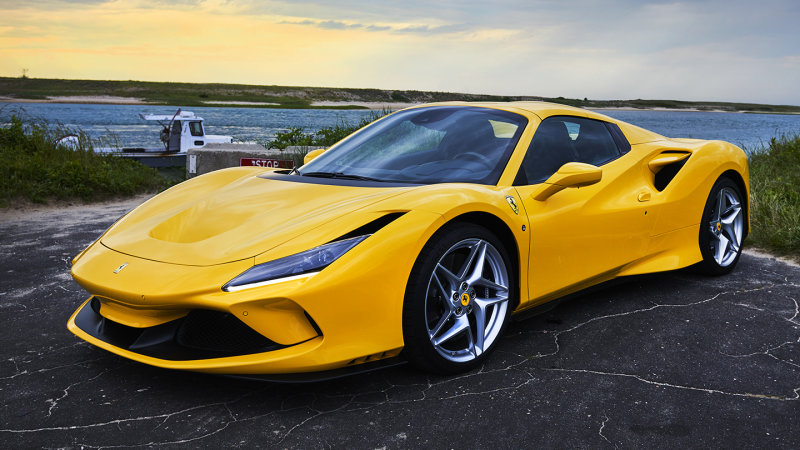Every Mazda MX-5 since 1989 has rolled off the production line in Hiroshima, Japan. Hundreds of thousands go to dealers around the world and from there they wind up in the hands of first-time drivers, in garages of avid enthusiasts and, as Mazda will proudly point out, countless MX-5s find their way to even greater things like motorsport. Just a little over 100 a year, however, go straight from Japan to Long Road Racing in Statesville, North Carolina where the fun and affordable roadsters more than double in price from $25,295 to $58,500 and become official Global MX-5 Cup cars.
Fifty-eight thousand, five hundred dollars — for a Miata? That’s more than a Mercedes E-Class, an Audi SQ5 SUV or any car in Volvo’s current lineup for that matter. There are no monumental power gains. They only lose about 34-lbs and the changes made render the cars illegal to drive on public roads. In a glass-half-empty world, you pay nearly $60,000 to ruin a perfectly good road car. But from where Mazda and LRR are standing, and anyone who’s strapped into one can tell you, it’s money well spent because it transforms into one of the most affordable ways in the world to get your hands on a brand-new factory certified and sanctioned race car.
Once the mechanics get their hands on a bone-stock MX-5, they completely strip the car down to the bare frame — that’s really where the transformation begins. Seam seals, sound insulation, the factory seats, the factory fuel tank, anything that with no business being on track for race day is left in the scrap heap.

The mechanics set to work welding in an FIA, SCCA and NASA approved roll cage, race seats and harnesses, a removable racing steering wheel paired with a digital motorsport dash and Multimatic race suspension and DSSV shocks developed using tech from Mazda’s prototype endurance racer. And that’s just to name a few of the 250 performance parts added to make the car race ready. However, the factory 2.0L four-cylinder engine, six-speed manual and differential are sealed and get bolted back in. That way, when these cup cars face each other on track, it’s a level playing field and down to driver skill.
Usually, when you send a car to speed shop, you expect massive power gains, dramatic weight loss and swollen body panels shrink-wrapped around steam roller-wide tires. Using the MX-5 as a canvas, LLR doesn’t need to add power and the weight that’s put back in is all race necessary like the cage and larger fuel cell but keeps the weight down low. Tossing everything else means the center of gravity is somewhere in the transmission tunnel and with slick racing tires at each corner, the MX-5 — a car with already phenomenal handling and response — becomes a cartoon of itself.
All of the car’s best qualities are exaggerated — it feels featherlight and glued to the tarmac in turns. It doesn’t have mountains of power, but on grippy slicks, you can get on the throttle hilariously early and start accelerating out of corners as soon as you dare. Your feel bolted directly to the floor, you can feel every slide, bump and lift, but it’s not exhausting. Everything in the cockpit is close, but not cramped — it’s an intimate space. It’s the very essence of the MX-5, triple distilled. It’s an all-out factory race car for a relative bargain.
Key Specs
Horespower: 155
Torque: 148 lb-ft
Weight: 2,300
Transmission: Six-speed Manual
Price: $58,500
Hot takes and in-depth reviews on noteworthy, relevant and interesting products. Read the Story





